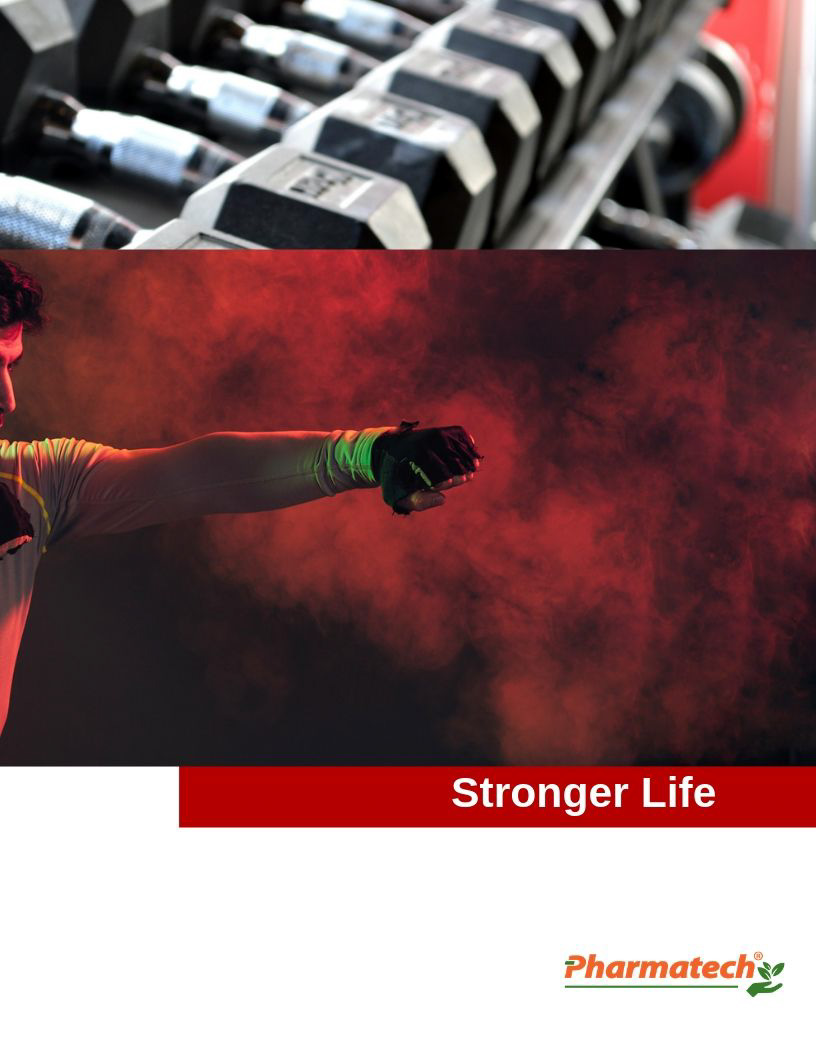Eat Right
Creating a healthy style means regularly eating a variety of foods to get the nutrients and calories you need. MyPlate’s tips help you create your own healthy eating solutions.
Make half your plate fruits and vegetables. Eating colorful fruits and vegetables is important because they provide vitamins and minerals and most are low in calories.
Choose whole fruits fresh, frozen, dried, or canned in 100% juice. Enjoy fruit with meals, as snacks, or as a dessert.
Vary your veggies. Try adding fresh, frozen, or canned vegetables to salads, sides, and main dishes. Choose a variety of colorful vegetables prepared in healthful ways: steamed, sauteed, roasted, or raw.
Make half your grains, whole grains Look for whole grains listed first or second on the ingredients list-try oatmeal, popcorn, whole-grain bread, and brown rice. Limit grain-based desserts and snacks, such as cakes, cookies, and pastries.
Choose low-fat or fat-free milk, yogurt, and soy beverages (soymilk) to cut back on saturated fat. Replace sour cream, cream, and regular cheese with low-fat yogurt, milk, and cheese.
Mix up your protein foods to include seafood, beans and peas, unsalted nuts and seeds, soy products, eggs, and lean meats and poultry. Try main dishes made with beans or seafood like tuna salad or bean chili.
Hydrate
Drink water or other calorie free beverages, such as unsweetened tea or club soda, or other low-calorie beverages when you are thirsty. Sugar-sweetened beverages contain added sugar and are high in calories.
Proper hydration is one of the most important aspects of healthy physical activity. Drinking the right amount of fluids before, during and after physical activity is vital to providing your body the fluids it needs to perform properly. Sports dietitians assist athletes by developing individualized hydration plans that enhance performance in training and competition while minimizing risks for dehydration, over-hydration and heat illness and injury.
Hydration Goal
The overall goal is to minimize dehydration without over-drinking. Adequate hydration varies among individuals. Practical ways to monitor hydration are:
· Urine color. The color of the first morning’s urine void after awaking is an overall indicator of hydration status. Straw or lemonade colored urine is a sign of appropriate hydration. Dark colored urine, the color of apple juice, indicates dehydration. Bright urine often is produced soon after consuming vitamin supplements.
· Sweat loss. Change in body weight before and after exercise is used to estimate sweat loss. Since an athlete’s sweat loss during exercise is an indicator of hydration status, athletes are advised to follow customized fluid replacement plans that consider thirst, urine color, fluid intake, sweat loss and body weight changes that occur during exercise.
Exercise
Choose activities that you enjoy and can do regularly. Fitting activity into a daily routine can be easy — such as taking a brisk 10 minute walk to and from the parking lot, bus stop, or subway station. Or, join an exercise class. Keep it interesting by trying something different on alternate days. Every little bit adds up and doing something is better than doing nothing.
Get Rest
The reality of exercise is that you don’t make progress when you work out-you make progress when you recover from the workout. The workout is the stimulus, while recovery and improvement is the physical response.
A rest day is really any non-training day a day where you remove the challenge of hard exercise. So it might even include some exercise type activities, provided the intensity is manipulated to avoid providing a physical demand that is at or above current abilities.


